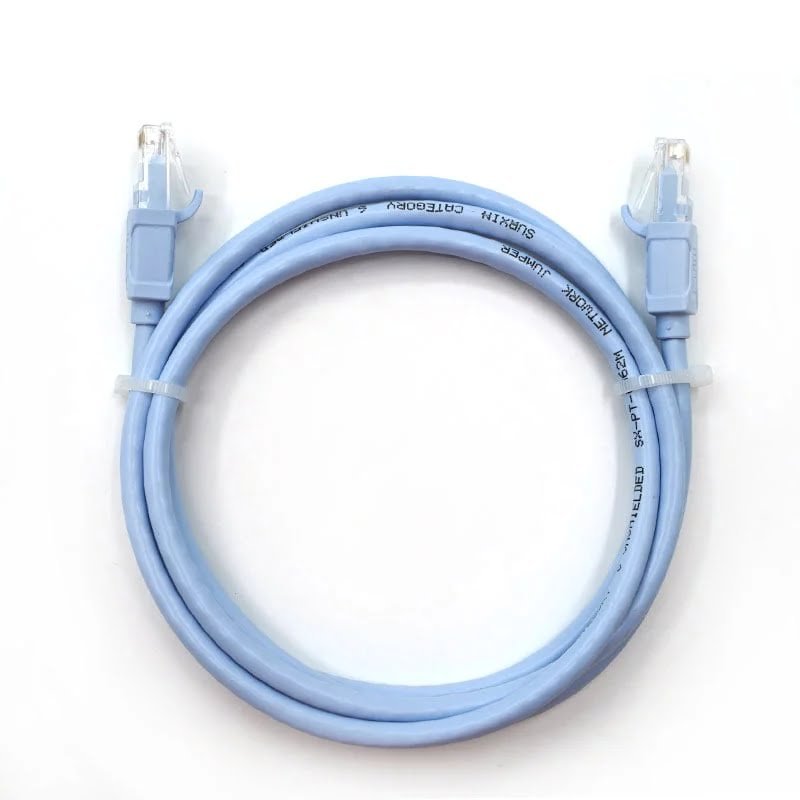Understanding the Importance of Jumper Cables in Circuit Boards
In circuit boards (PCBs), jumper cables play a crucial role in connecting two demand points. These metal connecting wires, also known as jumpers, vary in materials and thickness depending on the product design. While most jumpers are used for transmitting the same potential voltage, they also serve as reference voltage for protection circuits.

It is important to note that even small metal jumpers can have a significant impact on the performance of products with precision voltage requirements. This is because these jumpers can generate voltage drops, which can affect the overall performance of the product.
The thickness and material of the jumper cable are key factors in determining its effectiveness. Different product designs may require specific jumper specifications to ensure optimal performance. Manufacturers must carefully consider the voltage requirements and potential voltage drops when selecting and designing the jumper cables for their circuit boards.

By understanding the importance of jumper cables in circuit boards, manufacturers can make informed decisions to enhance the performance and reliability of their products. Attention to detail in the design and selection of jumper cables can contribute to the overall success of the circuit board and the product it powers.

Apibendrinant, jumper cables serve as essential metal connecting wires in circuit boards, Palengvinant galimo įtampos perdavimą ir veikiant kaip atskaitos įtampą apsaugos grandinėms. Gamintojai turi apsvarstyti medžiagas, storis, ir įtampos reikalavimai renkantis ir projektuojant megztinių laidus, kad būtų užtikrintas optimalus našumas ir produkto patikimumas.

